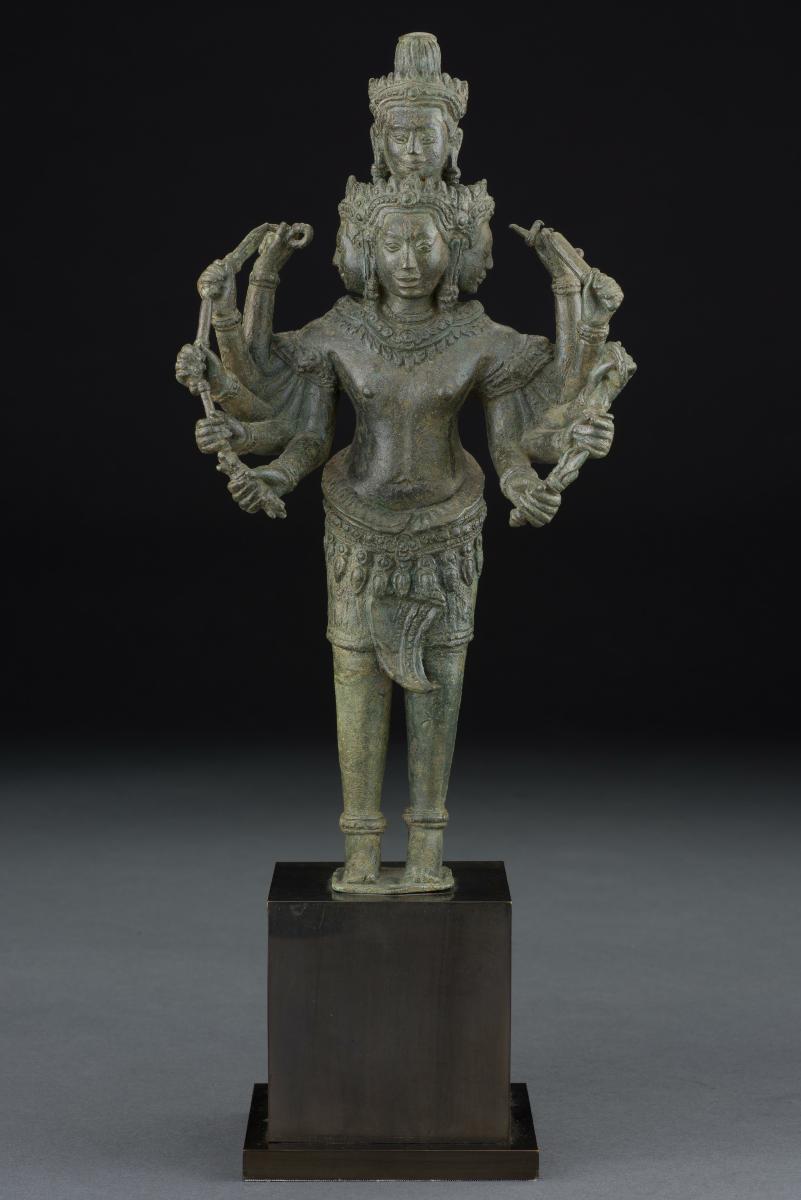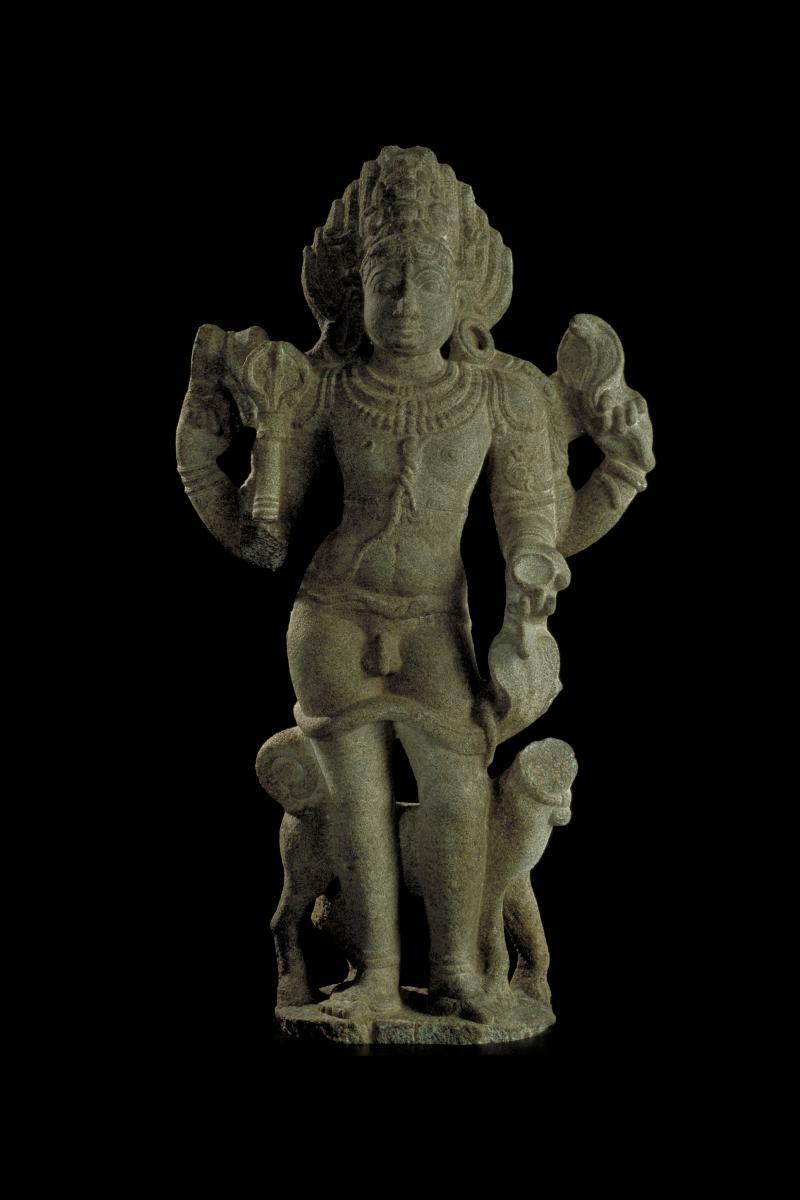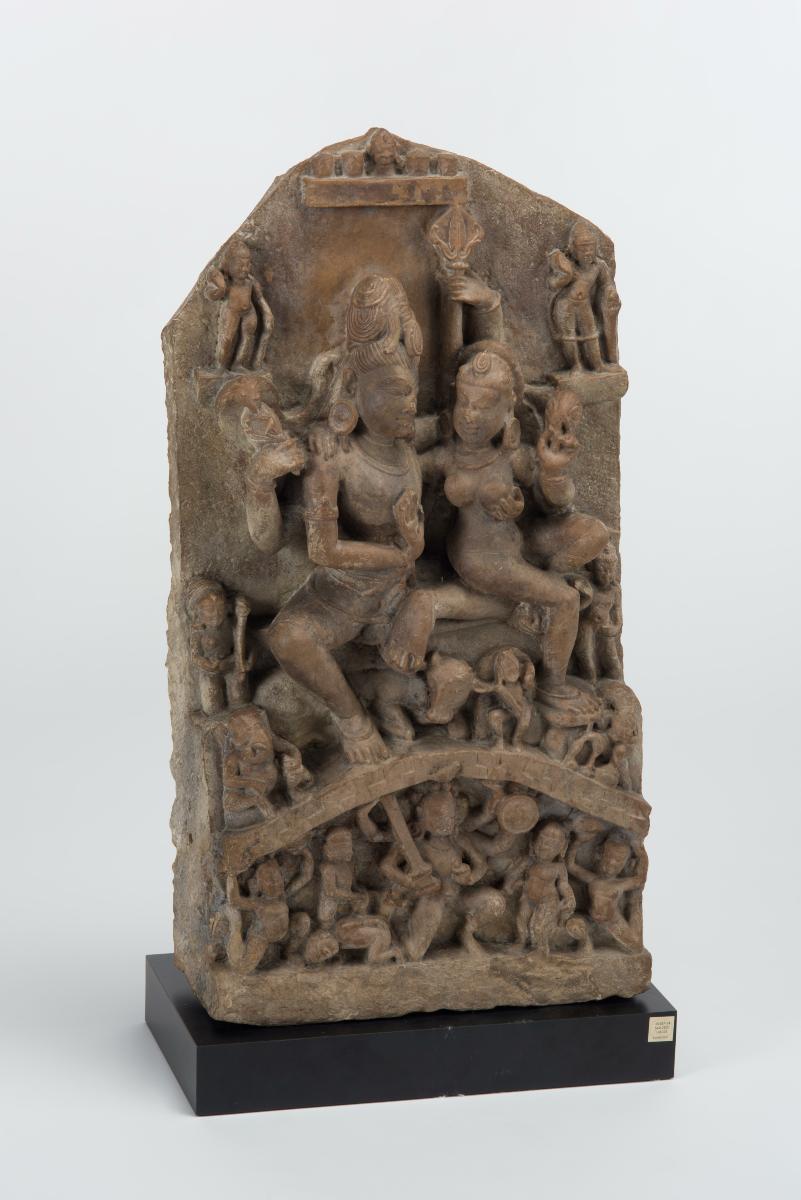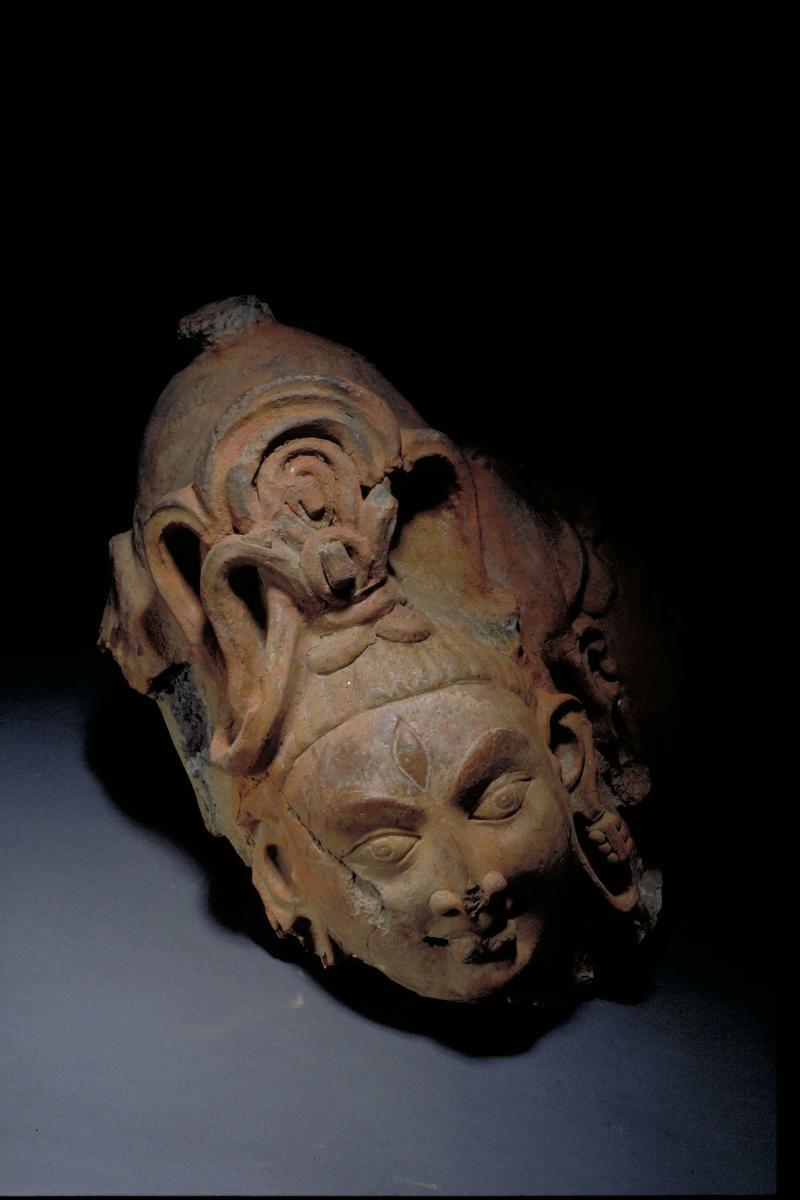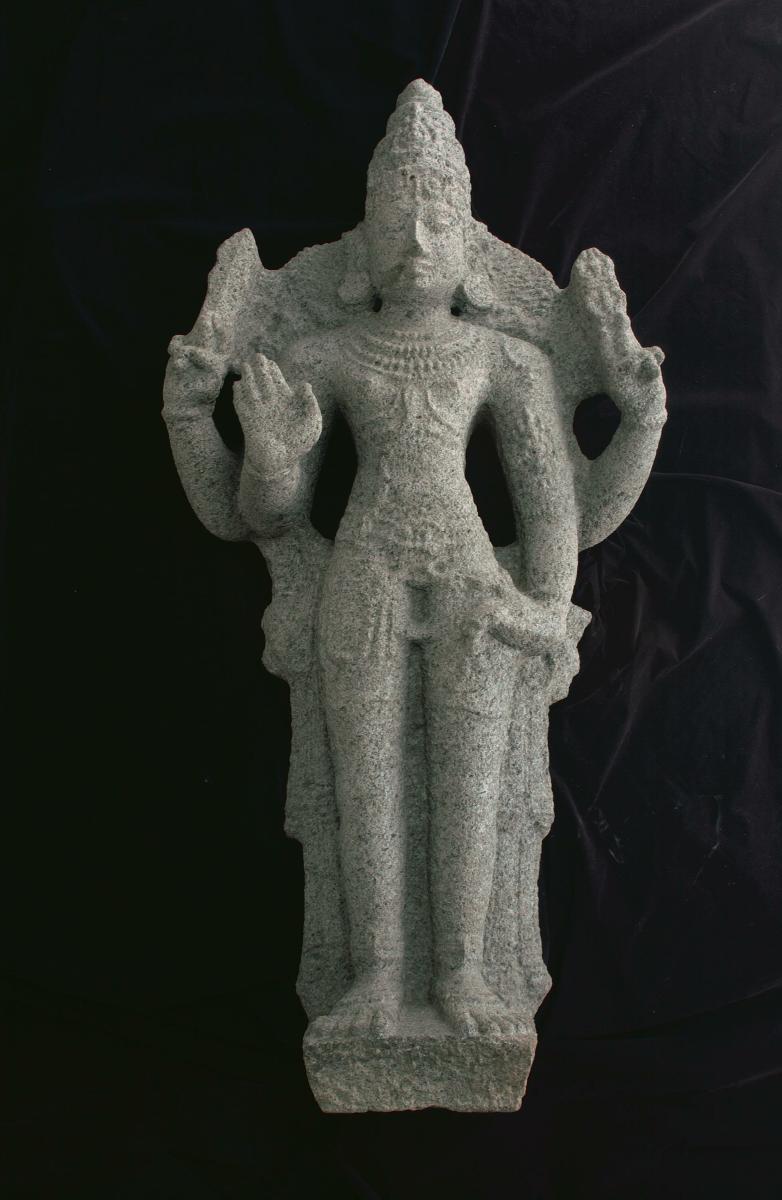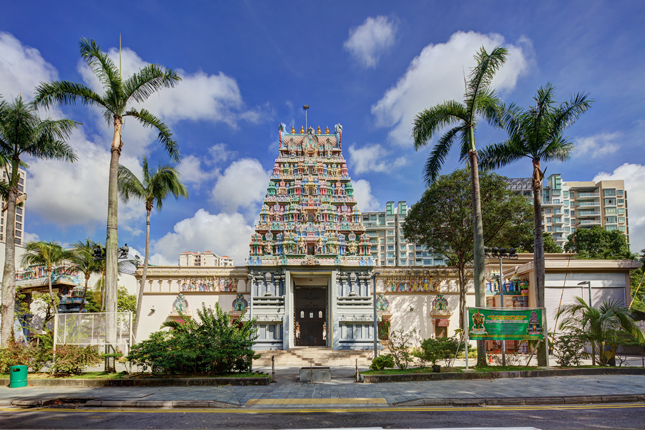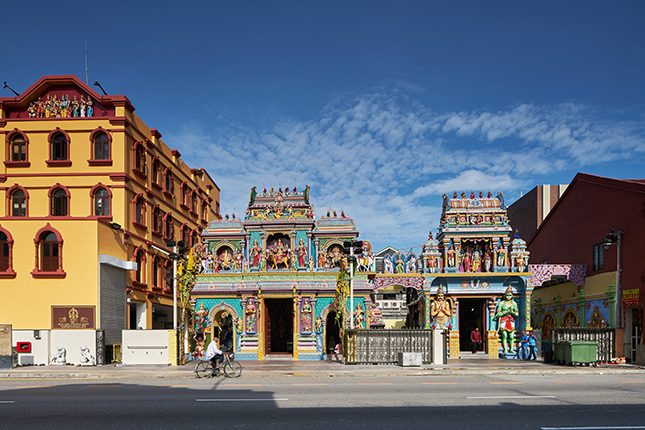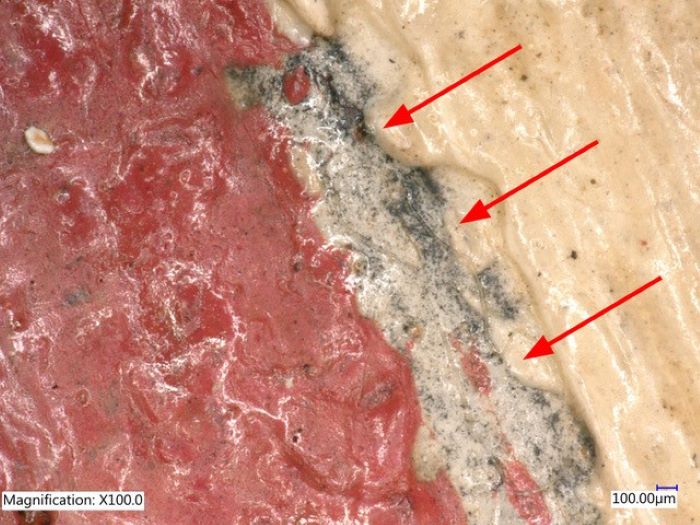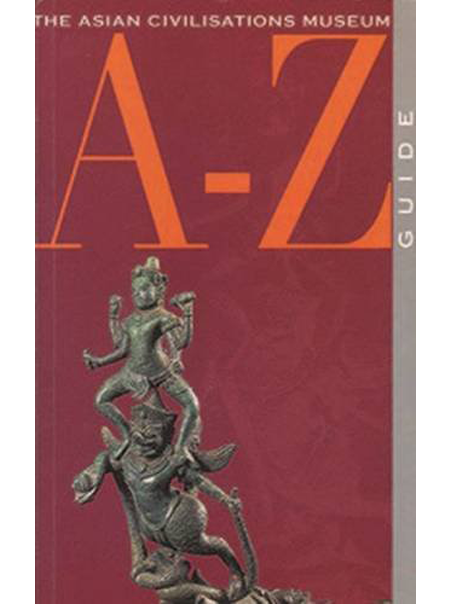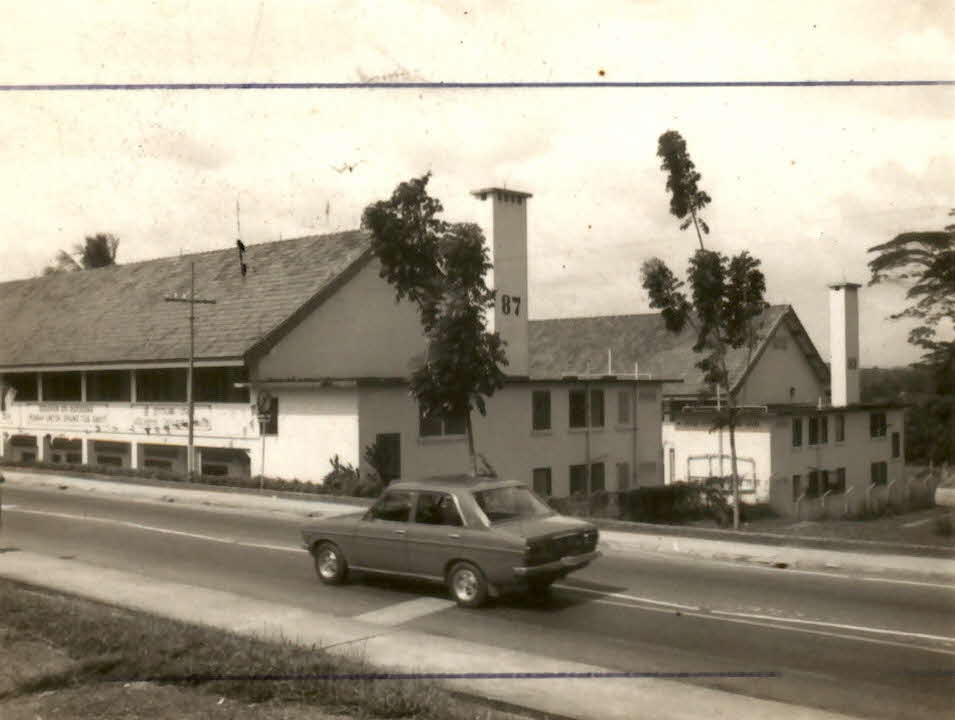Object size: 37.3 x 14.5 x 9.5 cm
Five-headed images of Shiva appear in Khmer Art from the tenth century onwards. This Bayon period bronze of the late twelfth to early thirteenth centuries represents the god in his form as either Sadashiva or Mahesha. Indian texts state that the highest principle of Shiva is transcendent and without form. Sadashiva is considered to represent the god as he begins to assume form in the material world. When fully manifested in the physical world, Shiva is considered as Mahesha. These two forms are characterised by five heads arranged in two tiers, four facing the cardinal directions and the fifth on top, and ten arms each holding an attribute. The primary face is marked with Shiva’s characteristic third eye.Shaivism was the most prevalent sect of Hinduism followed in Cambodia and was sponsored by numerous Angkorian kings over the centuries. A well-developed sculptural tradition based around this sect consequently arose and Shiva was depicted in many forms varying from the aniconic linga to large scale images in the round. Five-headed images of Shiva such as this example were executed in both stone and bronze and represent one of the more unique depictions of the deity.




